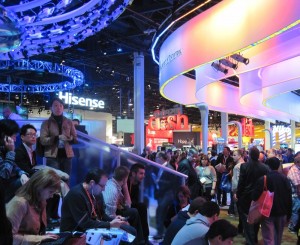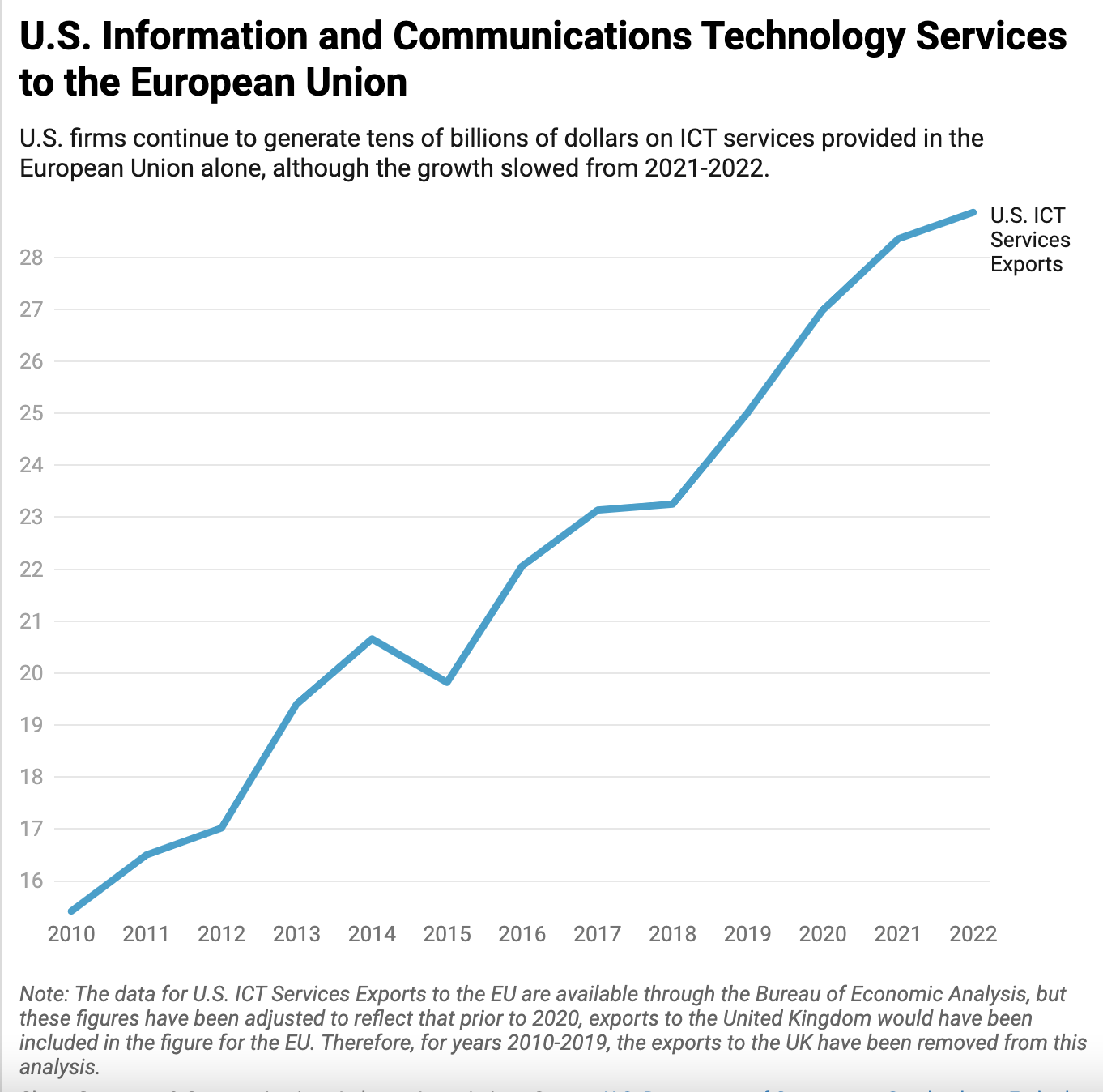CES 2013, Part 1: Tech To Open Or Close Markets
 LAS VEGAS–If every gadget shown off at CES neatly clicked into an existing business model, this would be an easy trade show to track: Compare the upcoming model’s specifications, interface and price to last year’s, see if anybody new has entered the market, adjourn for dinner and then the blackjack table.
LAS VEGAS–If every gadget shown off at CES neatly clicked into an existing business model, this would be an easy trade show to track: Compare the upcoming model’s specifications, interface and price to last year’s, see if anybody new has entered the market, adjourn for dinner and then the blackjack table.
But advances in technology–for instance, proprietary specifications or open standards, telecommunications channels that require multiple levels of government authorization or just engineering talent–can also serve to open and close markets by themselves. How do the headline acts of this year’s CES rank on that scale?
Cheap, tiny sensors. Just over six years ago, it was a big deal that the first iPhone could tell which way you were holding it. Now, the same sensors that powered that smartphone’s self-awareness have gotten cheap enough to appear in hobbyist hardware as well as commercial gadgets that can measure your workouts, detect movement in and around the house and remind you to water the plants.
Many of these ventures won’t work, but electronically surfacing more intelligence about the world around us should yield a rich variety of unpredictable applications–and maybe get us a little closer to the future of helpful nanotech robots that sci-fi writer Neal Stephenson sketched out in The Diamond Age.
Ultra HD television. Going to four times the resolution of HD requires extremely high bandwidth, either online or via cable and satellite. (A Korean experiment in over-the-air broadcasting touted in LG’s exhibit requires 35 million bits per second of bandwidth, about twice what HD broadcasts take up with much less efficient compression.) Incumbent TV providers may like this, but who will want to challenge them later? This is TV for the ruling class, from distribution to reception.
Connected TVs and other streaming-media gear. This is a TV trend I’m much happier about: The selection of televisions, Blu-ray players and streaming-media receivers that can “tune in” Web media sources such as Netflix, Amazon, Hulu and more specialized sites is only getting bigger. (For instance, Panasonic showed off two streaming-only players, a first for the company.)
And in some cases, you can even use one of these devices to watch all or much of a pay-TV lineup over the Internet, without a cable box: Roku announced that Time Warner Cable subscribers could get all of their channels through its streaming-media players (although YouTube remains bizarrely unavailable), while LG showed off a set that could get 75 Fios channels over the Internet.
Mobile broadband in everything. Your tablet can already have its own 4G LTE service; why not your camera or your car? (Qualcomm chief executive Paul Jacobs glowingly sketched out a future of in-car LTE during his convoluted keynote Sunday night.) But the more devices you have as line items on a broadband bill, the harder it is to fire the carrier involved.
I am much more a fan of designs that add no costs or contracts–for example, instead of giving a camera its own LTE account for easy picture sharing, have it operate as its own WiFi hotspot so any nearby phone or computer can pick up your new photos.
Phone-to-dashboard integration. When it comes to allowing a driver to safely use a smartphone’s navigation and Web-radio apps, the auto industry seems to be slouching towards one system for each manufacturer. That’s fine if you’re willing to let your purchase of a car dictate your phone options for the next five to 10 years; otherwise, what you want is a broader standard that any phone vendor can support. One such spec exists, MirrorLink–but most manufacturers are sitting it out, and Apple seems entirely uninterested.








